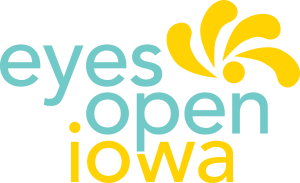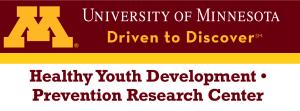Our Spark*ED online sex educator courses focus on the information, skills, and theory required to deliver impactful and inclusive sex education. Our philosophy towards sex education is at the heart of the Spark*ED curriculum and all course materials have been created with a social justice and racial equity lens and incorporate the latest information and research in the fields of of sexual health, gender, adolescent development, learning styles, and behavioral change. Each course has been reviewed by content matter experts, including medical professionals, trainers, classroom teachers, public health workers, and researchers.
This 12-hour virtual instructor-led course focuses on growing your skills to create and sustain inclusive and affirming learning environments. You’ll practice and hone a variety of essential skills including when it's okay to use specific language and identifying and interrupting micro-agressions. Delivered through five weekly, two-hour sessions held at pre-set times, the course incorporates a hands-on practice session utilizing the Advocates for Youth classroom simulation program (simulated teaching experience) which allows you to practice the skills you learned in the class in a low-stakes environment with virtual avatar students. After taking the course you will be able to:
- Learn key vocabulary from the LGBTQ+ community along with language evolution and reclaiming of language
- Differentiate between inclusive and affirming learning environments
- Apply basic, intermediate, and advanced strategies to maintain inclusive and affirming learning environments
- Apply the Theory of Intersectionality into your facilitation to lift up all identities held in the classroom
- Apply models to identify and respond to microaggressions


